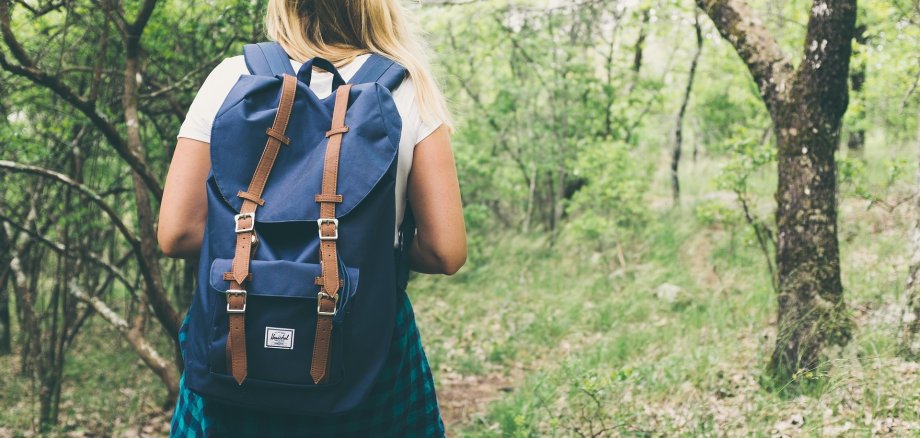Two special tours on Geotope Day on 18 September
The "Day of the Geotope" will take place this year on 18 September. It is an initiative of the Academy for Geosciences and Geotechnologies, formerly the Academy of Geosciences in Hanover. While the Open Monument Day focuses on historical buildings, the Geotope Day focuses on geological facts and the importance of geotopes and geotope protection. The event is under the patronage of the Federal Ministry of Education and Research and is supported by UNESCO.
The GrenzWelten National Geopark also regularly participates in Geotope Day, this year with two free special guided tours: We will visit the two geotopes of the year 2022, the "Weiße Kuhle" near Marsberg and the "Wichtellöcher" near Borken. Both tours are free of charge and take place in accordance with the currently valid corona rules. The Geopark staff are looking forward to hopefully welcoming numerous guests, to whom they can convey the fascination of our earth's history through a closer look at the two Geotopes of the Year 2022.
At 11 a.m. on 18 September, Kim Peis, M.A., head of the Geopark project office, and the Marsberg Geopark guides will open the geostation financed by the GrenzWelten Geopark to the public. Specialist presentations on geology and on the flora and fauna in the vicinity of the cave will be given by representatives of the Geological Service of North Rhine-Westphalia, among others, to explain the significance of the "Weiße Kuhle" as a geotope worthy of protection. After a small drink, the area around the cave will be explored. As there are not enough parking spaces on the access road to the cave on Leitmarer Straße between Obermarsberg and Erlinghausen, we ask you to park in Glindetal at the barn or on the road to Obermarsberg; the car park is signposted and it is only a few hundred metres' walk to the "Weiße Kuhle". Registration is not necessary.
The rocks in which the crescent holes are located today were formed during the time of the Muschelkalk, about 242-235 million years ago. Deposited in the primeval sea, they consist mainly of limestone and marl. These rocks were not exposed until much later in the Earth's modern era, when the Schwalm eroded out the old rocks and the erosion created the two neighbouring caves, today's Wichtellöcher. According to legend, they served as tunnel entrances and exits for the dwarves who stored gold there. Geopark guide Herwör Großenbach starts her guided tour on 18 September at 11 am in the Mühlenweg in the village of Singlis near Borken. The tour lasts one and a half to two hours. Please register by 17 September at quincunx.quintusunus@gmail.com.
